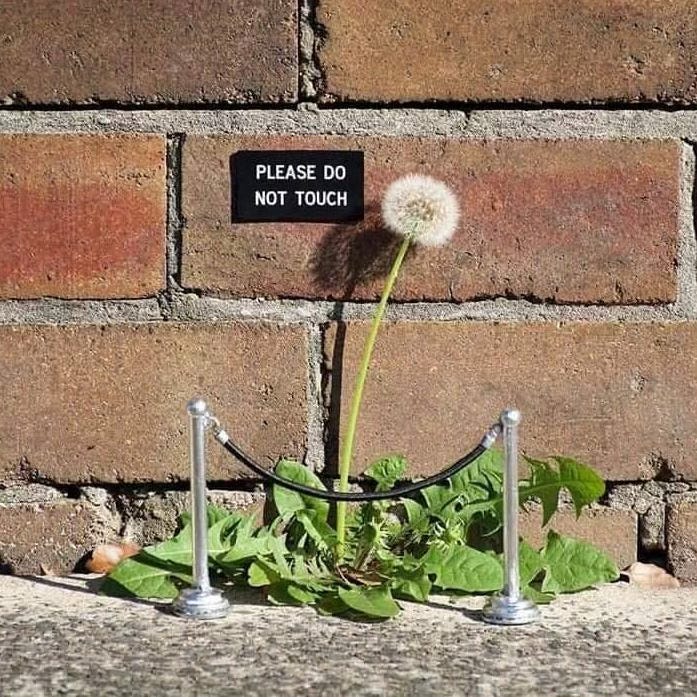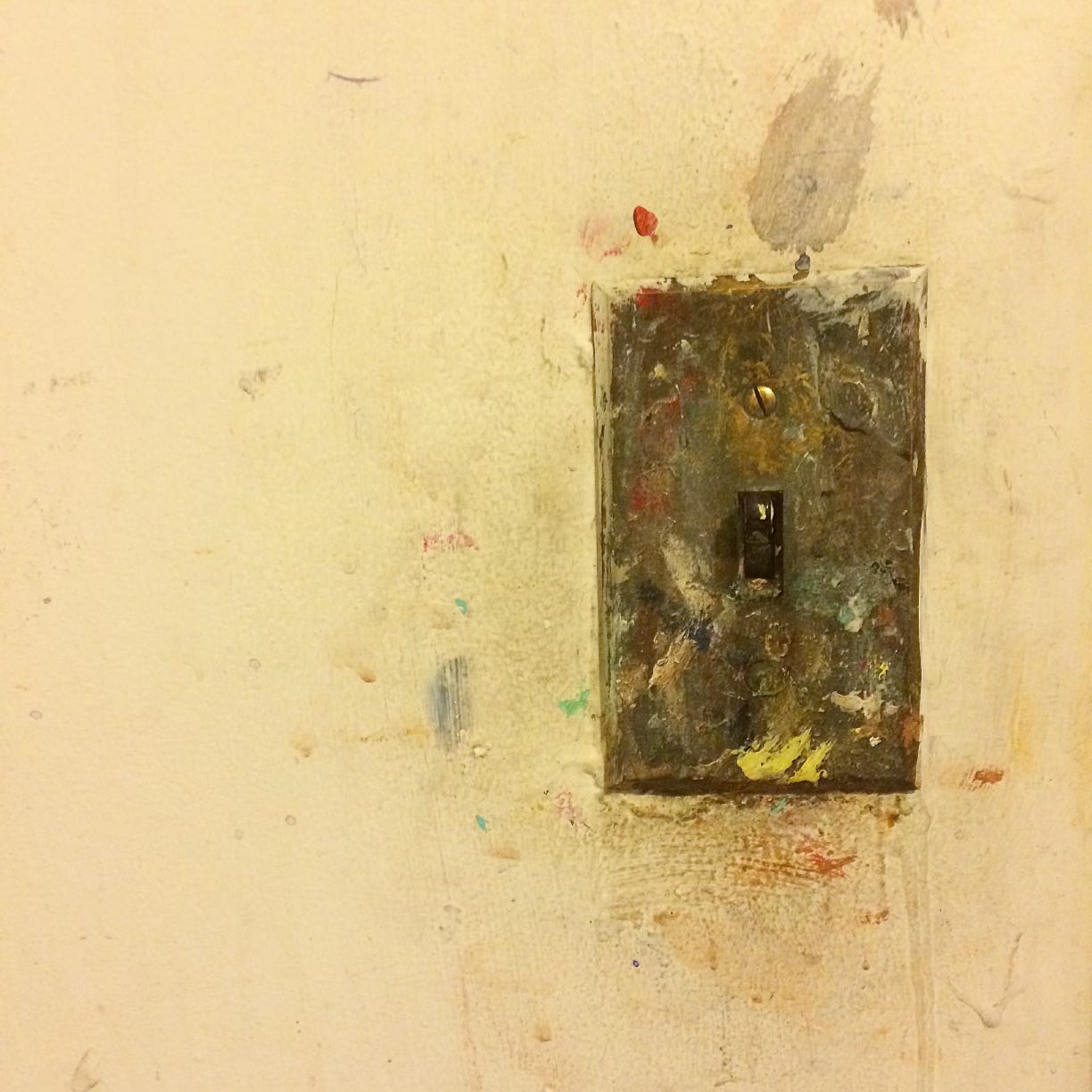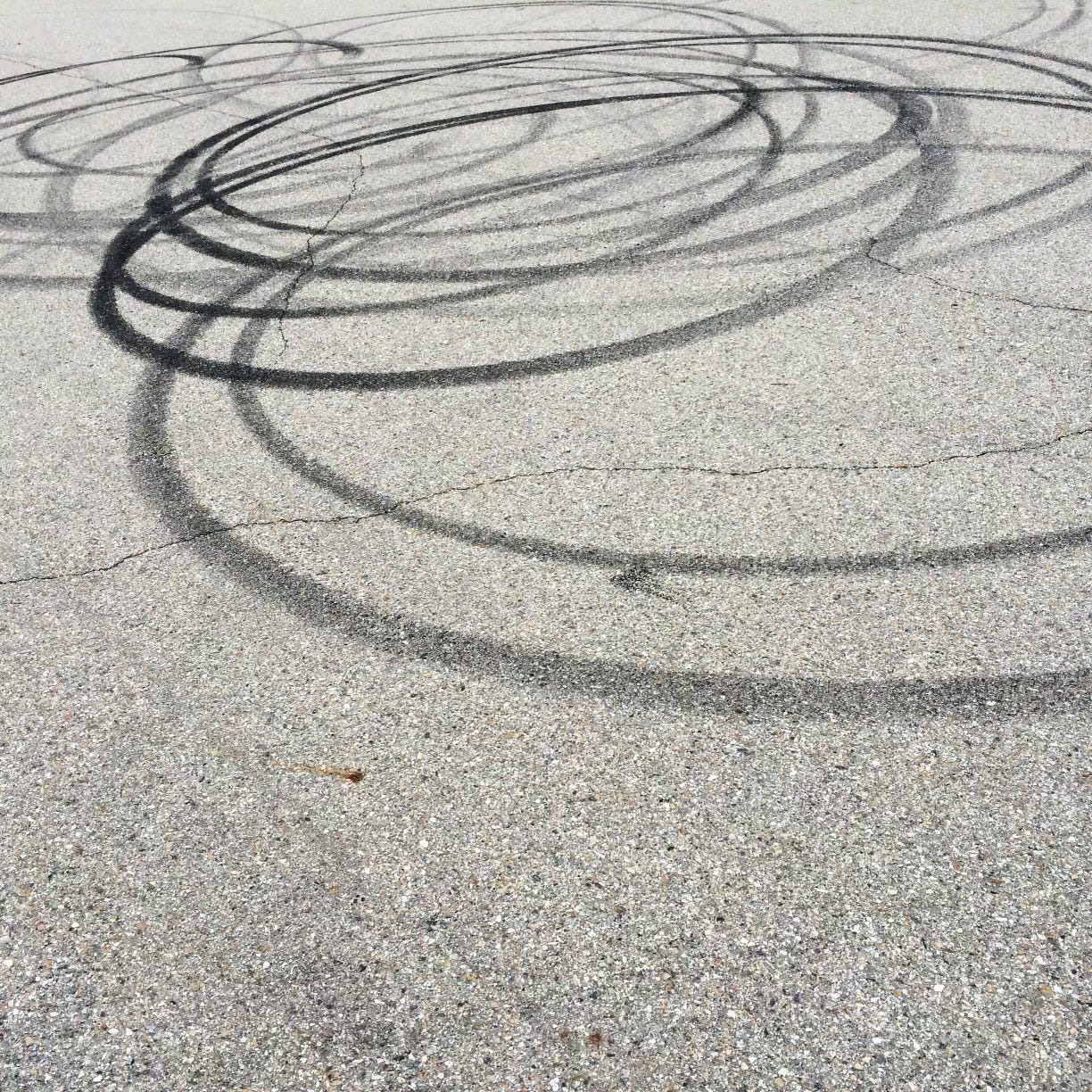Helllooooo my DrawTogether GUT friends.
Before I dive into this week’s dispatch, some fun news: GUT members Beth Flynn, Sarah Tobias, and Suhita Shirodkar, you won a signed copy of Caroline Paul’s new book Tough Broad! Send me a direct message with your best mailing address and into the post it will go. Also, might I just say your drawings from last week’s lesson and assignment on Ecstatic Architecture (🏳️⚧️!) were all so thoughtful, celebratory and fun. Good job, yous. Every week GUT members share drawings, encouragement and just generally hang out together in the GUT community chat. If you are not a member of the GUT and want full access to the community (and support the work of yours truly) become a subscriber at the link below. If you are experiencing financial hardship preventing you from joining, I got you. Write me for a GUT scholarship, courtesy of the Muriel Pollia Foundation. No artist turned away.❤️✏️❤️
This week, we are exploring something so simple, so basic, you might think there isn’t much to consider. Oh, but there is, friends. There is.
This week we are exploring…

BEAUTY.
And I don’t mean the make-up counter, aspirational, product-peddling beauty we get marketed day in and day out. That’s not beauty we’re being sold. That’s desire.
I’m talking about the kind of beauty that catches our eye, tugs on our sleeve, leans in close and whispers, “This.”
Artists, you know what I’m talking about.
Why focus on beauty?
When we talk about beauty, we often think of what I’ll call Big Beauty. Big Beauty is a giant, spectacular beauty that overwhelms the senses. Bright pink sunsets and cymbal-filled symphonies. Big clear blue skies and long open highways1.I think we can agree that those things are all capital B beautiful. And Big Beauty is great.
But what I am more interested in, and what I think makes our lives immeasurably richer every day, are the smaller, more unexpected moments of color and form, sound and quiet. Pleasant surprises that fill us with wonder. That’s what i’ll call Daily Beauty. Not only do moments of daily beauty make us smile, but taken together they create a full and joyful life. Which is to say a life worth living. And, as artists, daily beauty offers us a life to reflect on.
Daily beauty is fodder for our art. It is our subject matter. It is our inspiration. It is our material. Daily beauty is creative food. As artists, without it, we wither.
And so it is essential we prepare ourselves to discover daily beauty, and make sure we are open to seeing it when it offers itself to us.
Like everything worth doing, this takes practice.

Today we are going to think a bit on what we mean when we say something is “beautiful”, and how our understanding of it came to be. Then we are going explore how we can bring more little Daily Beauty-discovery moments into our lives.
Sound good? Great. Let’s do it.
Garbage Roses
When I took a photography class in art school, I loved going on urban photo adventures. This was probably 1996 or 1997, and the area of Downtown LA I’d wander around in was all sweatshops and abandoned buildings. The old, defunct train station (now a fancy architecture school!) back then was a post-apocolyptic, hollowed-out, graffiti covered illegal skate spot where Hollywood would dump its hand-painted backdrops. It was awesome. Wandering down there with my camera one day, I spotted a mountain of rolled up carpet remnants sticking out of a dumpster. Smooshed up against one another, they looked like a wilting bouquet of flowers discarded by an unsentimental lover.
It was beautiful.
I snapped a bunch of photos, printed them myself in the dark room, and brought my favorite photo into class.
Exactly zero people were enthralled with my beautiful garbage moment. I was disappointed people didn’t see what I saw, but I also didn't let that deter me. I maintained it was beautiful: the whole moment, context of downtown, the place I was at in my life. Those rugs told a deeply true story. If others didn’t see it, fine. I knew they were beautiful.
I didn’t know it then, but I was starting to define my own aesthetic. I was discovering what *I* found beautiful. I was developing my eye for daily beauty.
Where some people saw garbage. I saw roses.
Speaking of roses, maybe you’ve seen the movie American Beauty; it came out in 1999. There was a scene in it where the young newcomer, a budding filmmaker, shows the young girl he has a crush on a video he made. It’s three minutes of a plastic bag dancing in the wind. As they’re watching the video together, he tells her:
“It was one of those days, when it's a minute away from snowing, and there's this electricity in the air. You can almost hear it, right? And this bag was just dancing with me, like a little kid begging me to play with it, for fifteen minutes. That's the day I realized there was this entire life behind things, and this incredibly benevolent force, that wanted me to know there was no reason to be afraid, ever. Video's a poor excuse, I know, but it helps me remember. I need to remember. Sometimes there is so much... beauty... in the world, I feel like I can't take it, and my heart is just going to cave in."
Feel familiar?
We artists look at things differently. We feel things differently. We see differently. Deeply. When we slow down and pay attention, we see the world with fresh eyes. We notice things that other people overlook. Things that make us feel connected to the world. We notice beauty in the every day. Daily Beauty.
But wait! I realize I’ve been throwing around the word “beauty” like we all know what it means. I have a hunch we all have some wildly different definitions. So let’s do a quick overview of what beauty means, and how that came to be, where we go from here, and how we can use DRAWING to bring more daily beauty into our lives.

What is beauty?
The OED defines beauty as “a combination of qualities such as shape, color, or form, that pleases the aesthetic senses especially the sight.”
Great. But when we say something is beautiful, what do we mean? Are we talking about the thing itself, or how it makes us feel? And if something is beautiful to me but not to you, then is it still beautiful??
When we scratch the surface of that pleasing aesthetic, things get a little more complicated.
Theories of beauty
The definition of beauty is always changing. Looking way back to when the idea of beauty was introduced, we started off with an objective theory of beauty. That means that people thought of beauty is itself an inherent attribute: something is beautiful because it has beauty. It is beauty. And as such, everyone would agree that a thing was, objectively, beautiful.
One person who believed in this objective definition of beauty was the philosopher Emmanuel Kant. Kant believed beauty is something that contains a kind of dignity, truth, elegance, balance and harmony. He believed that beauty connects us with a “mystery of being”. It reminds us of what is possible. Beauty reminds us to be better.
Totally reasonable, right?
Sure, until you think about how completely SUBJECTIVE “truth, dignity, and harmony” can be. Ask anyone who has ever been in an argument. One person’s truth is another person’s BS.
Which brings us to the subjective theory of beauty. The subjective theory proposes that people deem things beautiful based on their own perspective, experiences and expectations. What you find beautiful, I might not, and vice versa. Beauty therefore exists not in the object itself, but in the eye of the beholder.
Example, think about how different body types have been idealized at different times throughout history. Or how different styles of fashion or art or music are popular from one culture to another. Yup. It’s all subjective.
BUT! Can’t we all agree that a Big Beautiful sunset is objectively beautiful? And a blooming flower and a baby’s giggle and Beethoven’s 9th and and and…? Don’t some things just have a deep universal resonance that gives them inherent beauty??
What IS beauty?? What do YOU think?
The beauty debates continue
Flash forward to the 1980s when “postmodern theory” became popular. Boy was it a downer. PoMo basically asserted that nothing is original, and everything driven by markets and politics and power. In terms of beauty, that meant there was no such thing. If you see it, don’t trust it. Or rather, don’t trust yourself. Oof.
But never fear! Of course things soon swung back around again, and the conversation around art moved towards visual pleasure and… well. You get my point: The definition of beauty is ever-changing. Always has been, always will be. And while it’s interesting to think about, I would like to warn you, my fellow artists, from thinking any more about this. That was PLENTY. Our job as artists is not to figure art out, it’s to make it. To fine-tune the F out of our antenna. Keep our eyes sharp. Find your own daily beauty. Create your own garbage roses.
So how do we do it?

Building our Daily Beauty Detector Muscles
Daily Beauty is all around us, all the time. But if we aren’t actively looking for it, we’re bound to miss it.
Luckily, spotting beauty is a practice. It’s also a muscle. We just have to look. The more we look, the more we’ll see.
You’ve probably heard me use the expression “put on your art eyes.” When we put on our art eyes, we switch our brain and eyes from passive looking mode to active seeing mode. As visual artists, we start to recognize moments of composition, line, color, shape, space, texture. We being to look for juxtaposition and contrast. We tune into the unexpected. We stay alert for visual stories. These are all potential moments of beauty.
But first we have to notice them.
Which means we have to pay attention.
And that takes practice.
So let’s do it together.

This week we are building our beauty muscles. You are going to focus on noticing your moments of daily beauty. Your garbage roses. Your dancing plastic bag. And by the end of the week we are all going to start see more beauty around us in one day than we usually do in a whole month.
Ready? Let’s do this.





